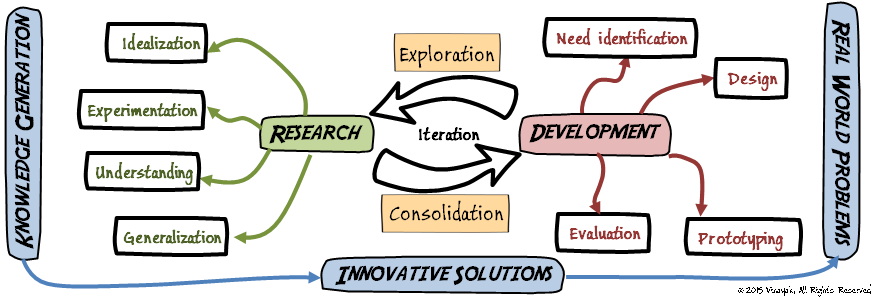A Note to students
Thank you for your interest. There are three facets to the research at MIDL: (a) creative & imaginative, (b) mathematical & computational, and (c) experimental, social, & analytical! This means that as a student in MIDL, you will play many roles. You will be a designer who imagines, a geometer who formalizes, an engineer who implements, a user who critiques, an experimentalist who observes, and an analyst who creates new insights. The extent of each of these roles will depend upon the problem that you are trying to investigate. In the broadest sense, however, you will be a design researcher and will participate an iterative cycle of research and development!

Below, I have provided some general information that will help you get a more detailed idea of the nature of research activities you will be involved in. Please do not contact me before reading the entirety of this page.
General Information
Expand All Collapse AllFor all other things (e.g. programming resources), most information is available on the internet provided you know what to search for (searching is an art, believe me!). I recommend that you get some general information on openGL, openCV, android programming, JavaScript, geometric data structures (e.g. half-edge, volumetric etc.), user interface design, and usability testing. Note that this information is just to get you started with the way of thinking that will be useful to you. You are not expected to have any in depth knowledge of these topics. Instead, these are going to be things that you will learn during the course of studies!